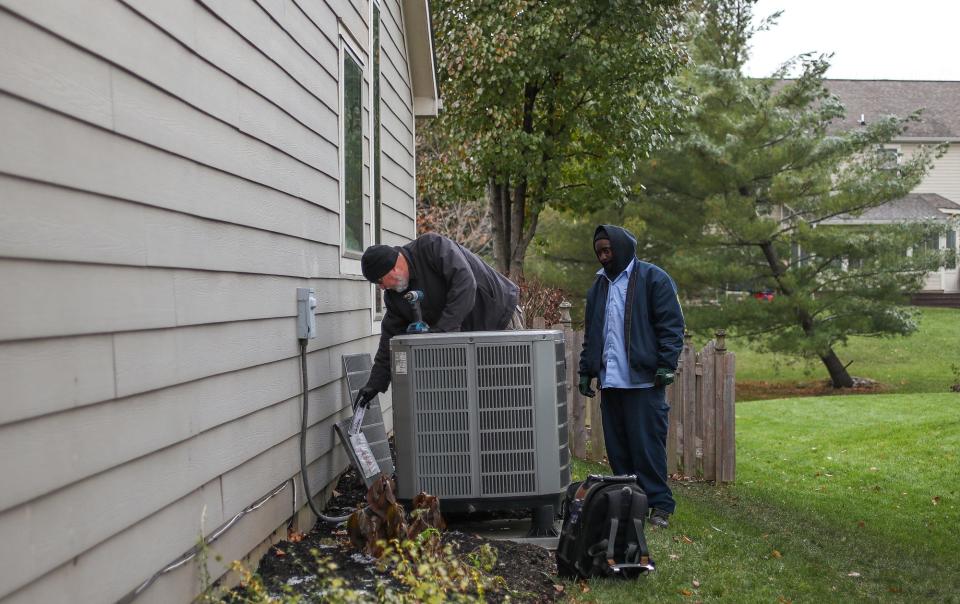Indiana residents will experience more extreme heat days by midcentury, study says
Indiana could face a growing number of extreme heat days in the next 30 years, affecting the number of heat-related illnesses as well as seasonal energy costs in the state.
The extreme heat designation is characterized by the National Weather Service as days where the heat index reaches above 125 degrees.
A recent study from First Street Foundation found that most of the counties in Indiana will continue to see high heat day increases, with the southern portion of the state seeing the largest increase in what are called extreme heat days. Martin, Harrison and Clark counties are expected to see the greatest increase.
This phenomenon is not limited in Indiana. An Extreme Heat Belt is expected to stretch from the northern border of Texas and Louisiana, through Iowa, Illinois and Indiana.

What's causing the heat?
Greenhouse gas-induced climate change is a driving factor for the rising number of high or extreme heat days in the 21st century, according to a 2020 Earth, Atmospheric and Planetary Sciences study. Urban development and population growth are also contributing to the growing number of extreme heat days.
Low estimates show a minimum temperature increase across the U.S. of 2.5 degrees over the next 30 years, but since warmer air has a greater capacity to hold water, humidity will increase as well. This will have a compounding effect on heat indexes, the study says.
More:Is the heat wave making your allergies worse? Experts say maybe. Here's what to know
How will the heat affect the health of Hoosiers?
Heat exposure can have both short- and long-term affects on human health. Heatstroke, cardiovascular collapse and potentially death are all short-term effects, while research suggests organ and cell damage can occur under long-term exposure, the study says.
This can potentially endanger outdoor workers, who have no federal regulations protecting them against extreme temperatures.
Stephanie McFarland, public relations for Indiana Department of Labor, wrote in an email to IndyStar that there are some standards in place, including access to potable water, and/or medical services/first aid requirements could be applicable.
What’s going to happen to my energy bill?
The study calculated historical residential and commercial electricity cost data from 1990 to today and found Hoosiers will pay an estimated $69.9 million more in cooling costs by 2053 due to the rising heat.
Using information from the Energy Information Administration, the foundation found that if current carbon emissions remain the same, Indiana will emit nearly 900 million pounds more than it does today. The foundation concluded that the prospect of rising temperatures “indicates a need to evaluate the design of the energy systems for the increases in relative heat exposure coming to the area over the next 30 years, as it will increase demand on the existing markets.”
Scrub HubIs climate change making Indianapolis' pothole problems even worse?
Karl Schneider is an IndyStar environment reporter. You can reach him at karl.schneider@indystar.com. Follow him on Twitter @karlstartswithk
IndyStar's environmental reporting project is made possible through the generous support of the nonprofit Nina Mason Pulliam Charitable Trust.
This article originally appeared on Indianapolis Star: Indiana likely to see increasing number of high heat days, study says

